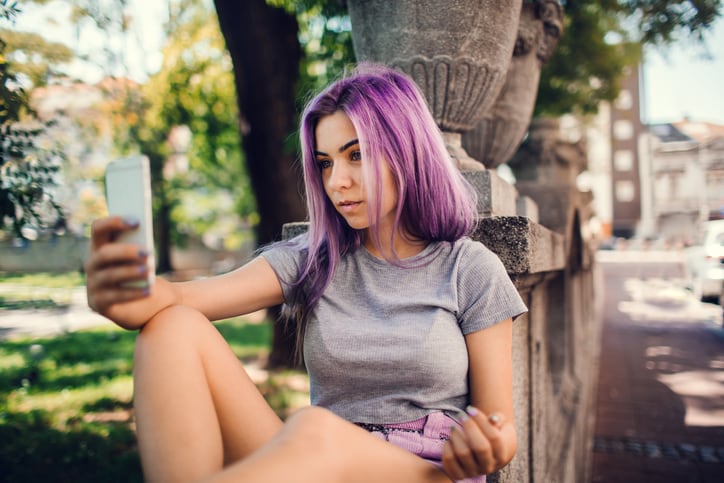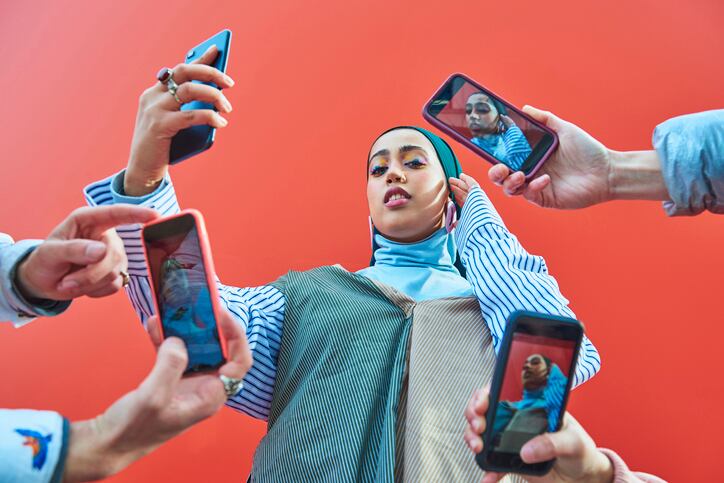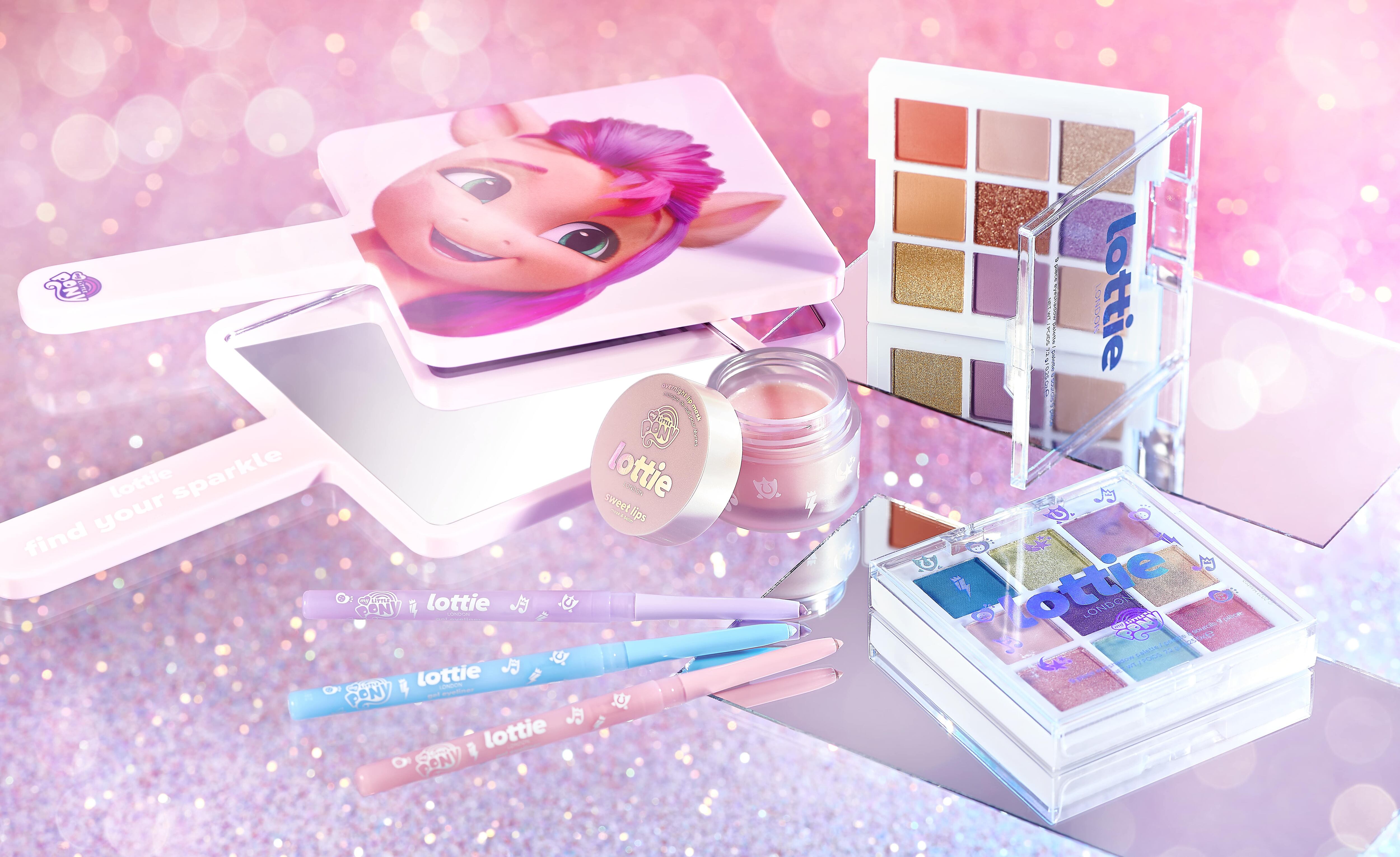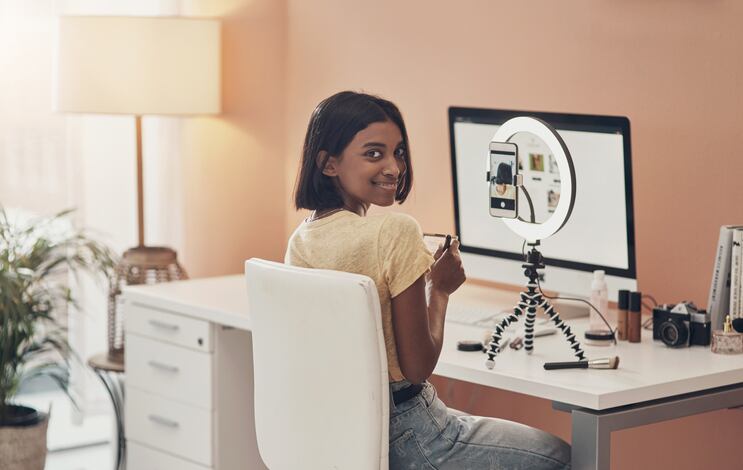Founded in 2011, social media major Snap Inc’s multimedia instant messaging app Snapchat enabled content to be shared amongst friends and family, staying visible for only a limited time. Today, much like other social media platforms worldwide, Snapchat offered a social commerce space where beauty and personal care brands could showcase digital store fronts, offer virtual try-ons and other immersive and digital experiences, and allow users to purchase products directly via the app.
According to Statista, Snapchat now had around 306 million daily active users worldwide, up 4.4% on the previous year, and around 538 million total active users.
Lee Roberts, head of client partnerships in the UK at Snap Inc, said Snapchat had certainly evolved in recent years, particularly in terms of what it could offer beauty businesses.
Camera focus – Snapchat connects digital and real world
“We’ve moved from being a very successful awareness vehicle for those partners, to being recognised as having a very large beauty seeker audience on our platform that fundamentally have different behaviours on Snap than elsewhere, which has got brands very excited. We’ve moved from being that awareness channel to being a channel that can drive sales,” Roberts told CosmeticsDesign-Europe.
And within all of this, he said one tool had become central: the camera.
“Where we are today is about connecting digital experience with the real world. The camera has moved from the tool for fun to a tool to create, communicate and spend time to discover content and try products.”
From a demographics point of view, he said this was especially interesting when looking at Gen Z and Millennials – a “beauty seekers” group that were using Snapchat “at scale” and could be considered “camera natives”.
Beauty brands need to meet consumers ‘in front of the camera’
“What’s unique about this group is they’ve grown up with the camera in their hands,” Roberts said. “The camera is their virtual mirror. On Snapchat, they’re using that virtual mirror over 30 times a day. And what’s important, and what we’ve tried to move beauty brands along with, is they need to meet beauty seekers where they are – and that’s in front of the camera.”
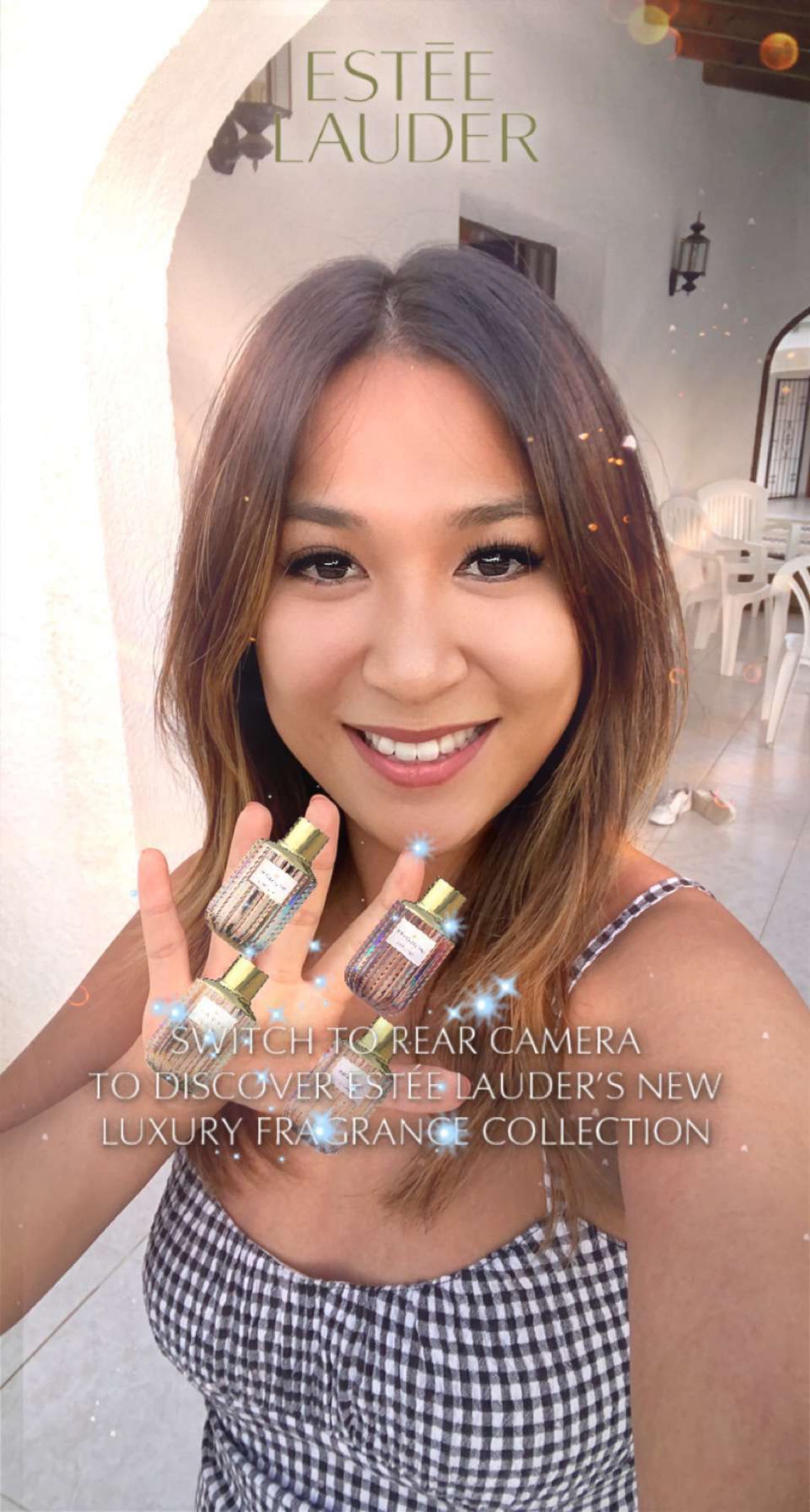
Whilst many of the major global beauty brands like L’Oréal and Estée Lauder had built out mobile-first strategies, Roberts said it was now time to “move along with the next big behaviour shift, which is the camera”. Estée Lauder, for example, started trialling virtual try-on campaigns on Snapchat last year, and recently launched an immersive AR campaign to promote its luxury fragrance line.
Beauty brands – big and small – must create “camera-first strategies”, he said. “…I think, what the camera offers is that experience, that emotion, that connection to the product or a brand that you used to only be able to get in-store.”
For beauty brands, therefore, it was about understanding consumer behaviour around the camera and building out a strategy that leveraged Augmented Reality (AR) to deliver this experience, he said.
“If we think about digital, generally what’s been difficult over the last few months is loyalty, delivering personalisation and encouraging trust within a brand. All of that can be achieved within a camera. You’re empowering the consumer with things like virtual try-on because you’re giving them the opportunity to personalise their shopping opportunities in Snapchat in the way they’d be able to do in-store. And the way the camera works on Snap, as a tool for conversation, means they’re engaged with AR and then sharing that with friends.”
Most importantly, he said that delivering experiences through the camera meant beauty brands were “giving back control” to consumers during the discovery and shopping journeys.
Virtual try-on means brands can be ‘incredibly personal and immersive’
Lindsey Munro, head of beauty and personal care at Snap Inc, said this “experience and discovery” had become increasingly important for beauty users on the app.
“Cosmetics and beauty is an incredibly advanced industry – they experiment, push the boundaries and had to be completely agile in the last few years with the changes in the world. And Snap has given them the ability to evolve in that way, from virtual try-on really being embraced to a complete shift to e-commerce,” Munro said.
“…Snapchat has really given these brands a means to stay connected with their customers and future customers with that virtual try-on; being able to be incredibly personal and immersive really.”
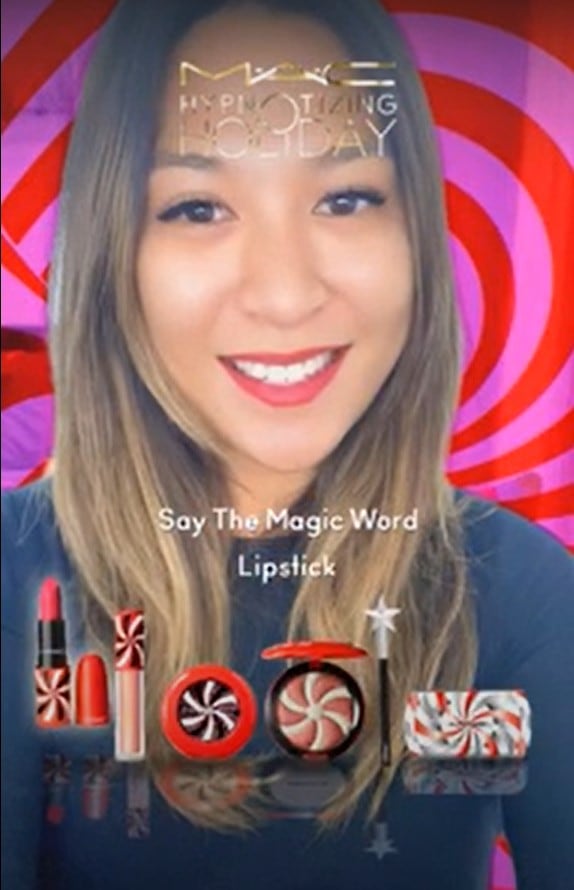
And beauty had certainly led on the virtual try-on and social shopping movement in Snapchat, she said. “[Beauty brands] have pushed us – trying different technologies for turning products into shoppable items. So, we’ve had to continue to reinvent. It’s us challenging the consumer and brands but equally them then pushing us at the same time.”
Roberts said Snap Inc had more than 200,000 creators to help brands to build and customise lens experiences within the app, making the process of building campaigns a lot “easier and quicker” for businesses. And with focus now turning to consumers returning to brick and mortar retail stores post-pandemic, he said Snap was more carefully thinking about its hybrid offerings.
Pre-purchase and post-purchase beauty promise via Snapchat
“AR is a fantastic opportunity to be there and present in the aisle at point of sale as much as it is just on Snap. That’s where are conversations are moving – how can we continue that experience and enhance in-store,” Roberts said.
Whilst Snap had been working with ‘Snap codes’ for a number of years already – personalised QR codes that could be scanned for experiences and content – he said the team would continue to “enhance” the capabilities behind this tool.
Munro added that for beauty and personal care brands, these codes, and the machine-learning technology behind, them not only offered pre-purchase opportunities but post-purchase too through tutorials, education and the unlocking of exclusive content.
“That’s a big priority,” she said. “…For me, I would love in six months’ time to say every single beauty product at the counter is scannable.”
Moving forward, she said everyone would need to centre on collaboration – between Snap Inc and beauty brands. “The magic formula is obviously everyone involved and around the table – creative, media and client. It works best when we work jointly together and the [brands] that do come with an open book are incredibly valuable because we get to shatter perceptions.”
“…I know these brands put so much time, money and energy into these brands and campaigns themselves. We can take that and see how that looks on Snapchat and push it further, or we can create absolutely new ideas,” she said.
Social media competition in booming beauty market
Asked how Snapchat measured up to wider social media competition for beauty brands, Roberts said: “I can’t speak to what’s happening on competitor platforms, but on Snap the uniqueness of the behaviour around the camera and the fact we’re able to tap into that beauty seeker audience in an emotional way, that isn’t matched in my opinion anywhere else, and delivering an experience that is close to in-life experience is fundamentally unique to Snap. And that really stands out when you’re thinking about ways to better engage the consumer.”
Last week, cosmetics major Lush announced it was shutting down its global accounts on Snapchat, as well as Instagram, Facebook and TikTok, stating these accounts would remain closed until the platforms provided a safer environment for users.
In response, Snap Inc issued the following statement to CosmeticsDesign-Europe: "We're surprised and disappointed by Lush's decision to include Snapchat in this announcement. Snapchat was created as an antidote to traditional social media. We designed our app to prioritise the safety and privacy of our community. It is focused on communication between real friends and is an environment without an open social feed, public vanity metrics, and other features that can fuel social comparison and peer pressure. We continue to keep wellbeing at the heart of all product design and partner with organisations like the Samaritans and Headspace to offer in-app advice and content."

